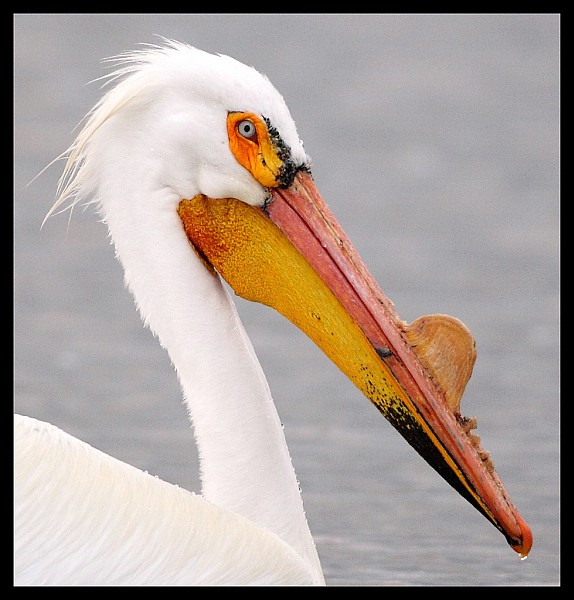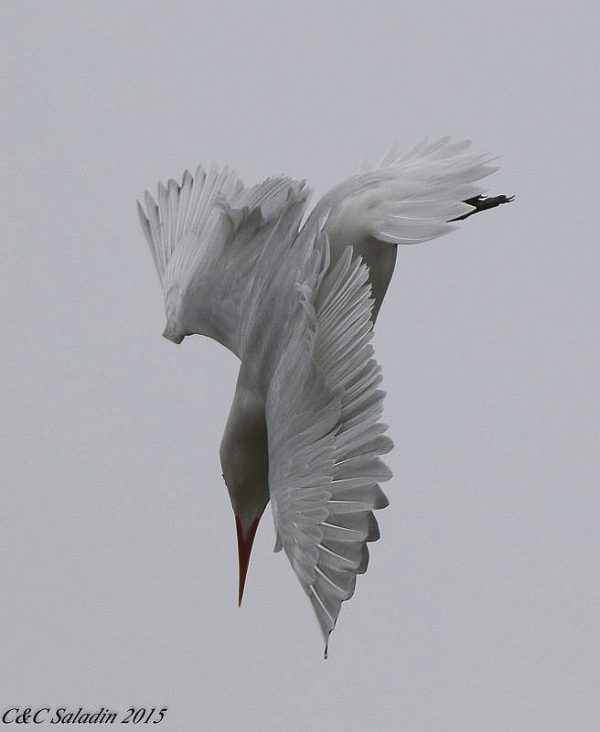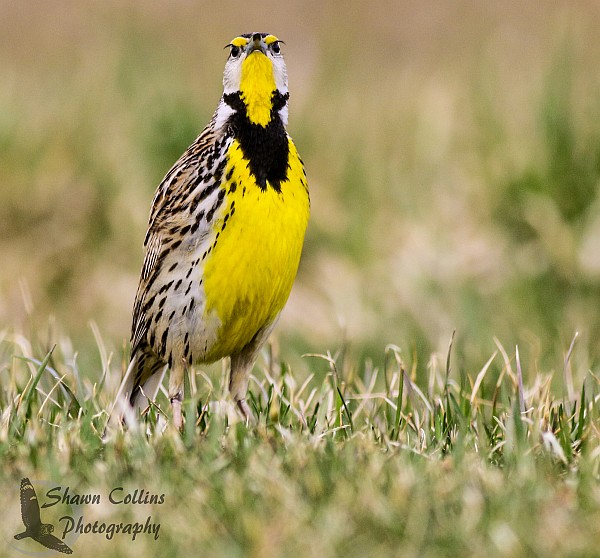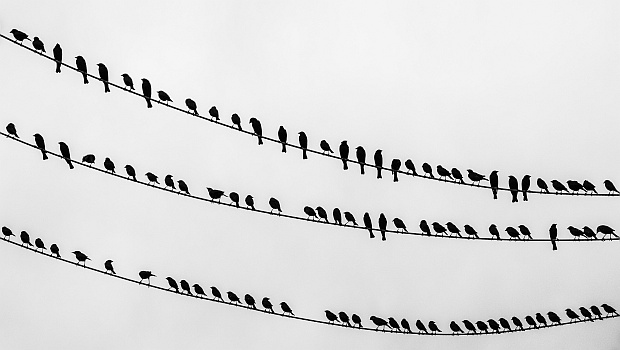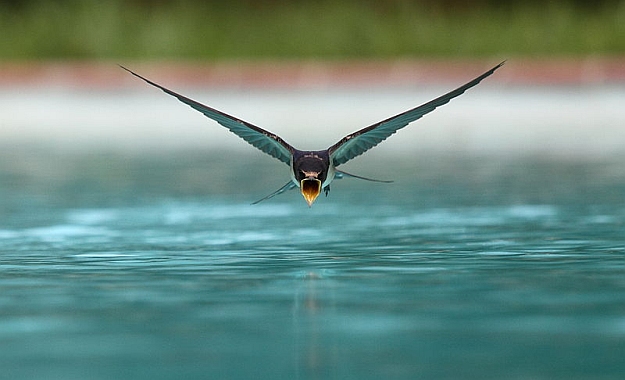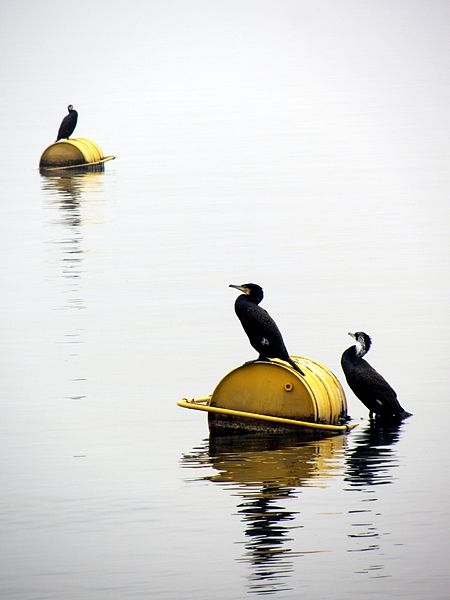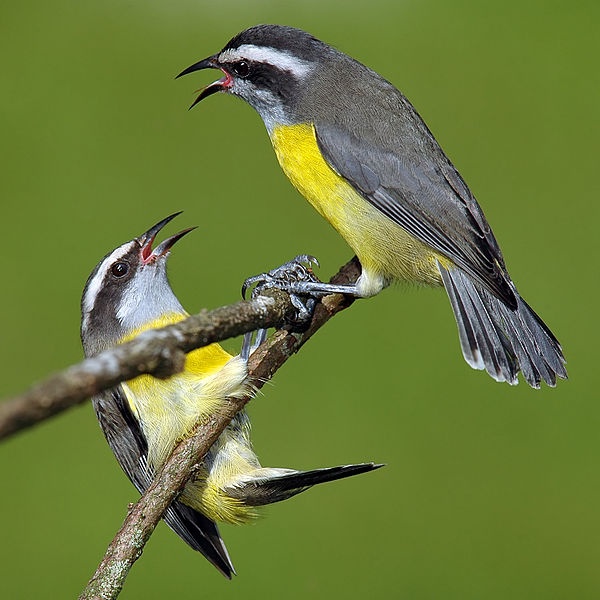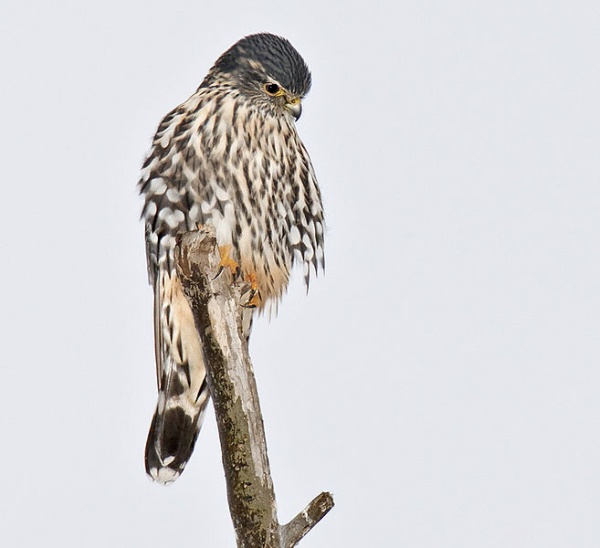
This year in Maine I was lucky to see two merlins (Falco columbarius), each one a fleeting glance as the bird zoomed by on a mission.
The first one zipped past the Cadillac Mountain Hawk Watch, pumping his wings the entire time. We watchers had to think quickly. His shape said “Falcon,” his size and dark color said “Not kestrel,” his powerful flapping said “Merlin!” He was gone before we could say his name.
Merlins rarely pause and almost never soar. Their flight style is a constant powerful flapping and they’re always very fast. Compared to merlins, peregrines seem laid back and almost lazy. Peregrines conserve energy for the split second when they need it. Merlins burn energy all the time except for the moments they perch.
My second merlin offered a good comparison to a peregrine. At low tide I visited the South Lubec sand flats to watch shorebirds. A peregrine and merlin showed up to eat them.
The peregrine hazed the sand bar until all the flocks were airborne in tight evasive circles. Then he flew through the flocks until he separated a bird alone and grabbed his dinner on the wing. He stopped to eat it on an island in the bay.
The merlin came out of nowhere. Using the grass and goldenrods as a blind he pumped fast, low, and straight along the water’s edge. The shorebirds were so surprised that most had no time to fly. The merlin caught a slow bird and just kept going. In powered flight, he didn’t stop to eat.
(photo by William H. Majoros, Creative Commons license via Wikimedia Commons. Click on the image to see the original)
